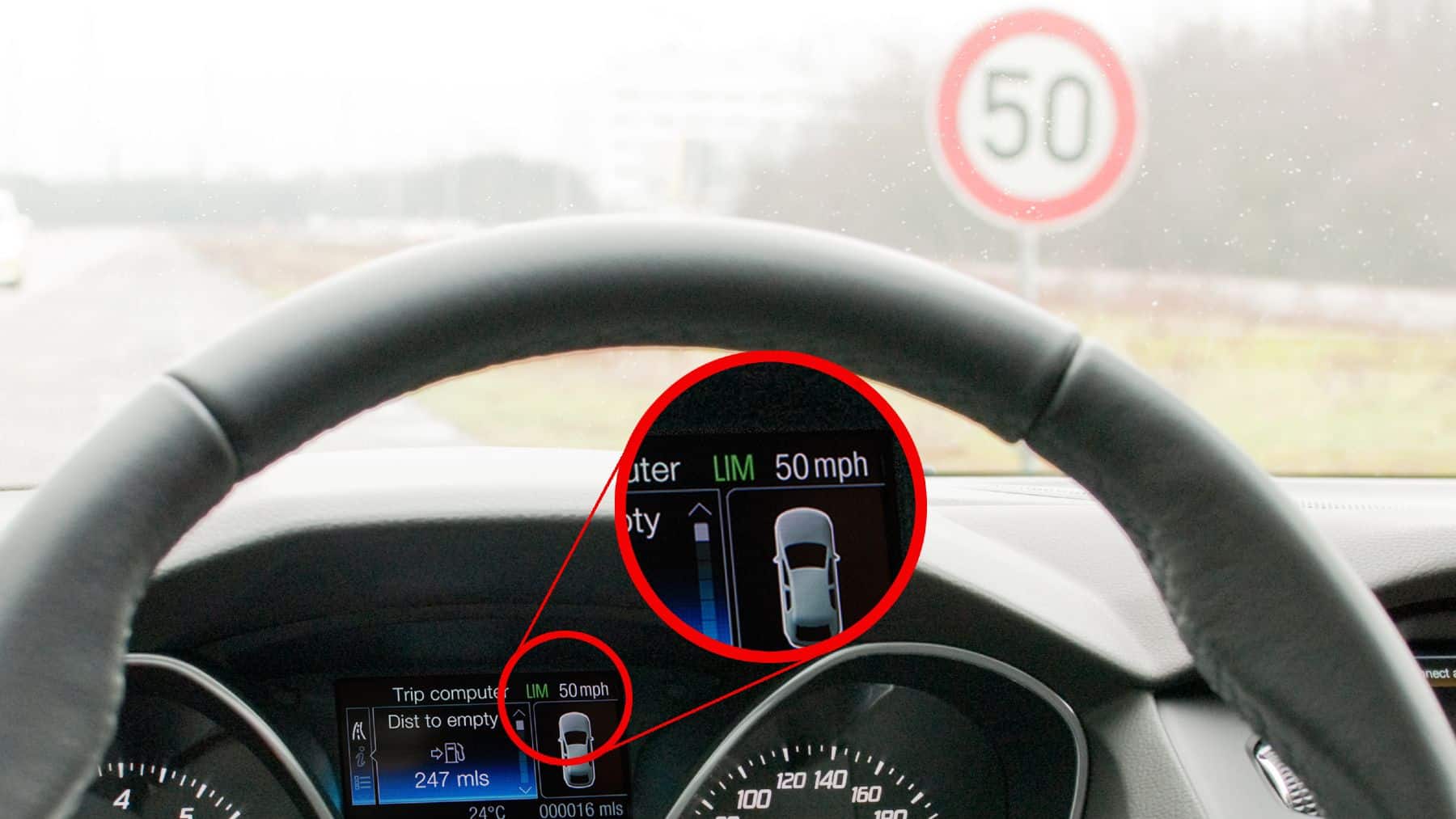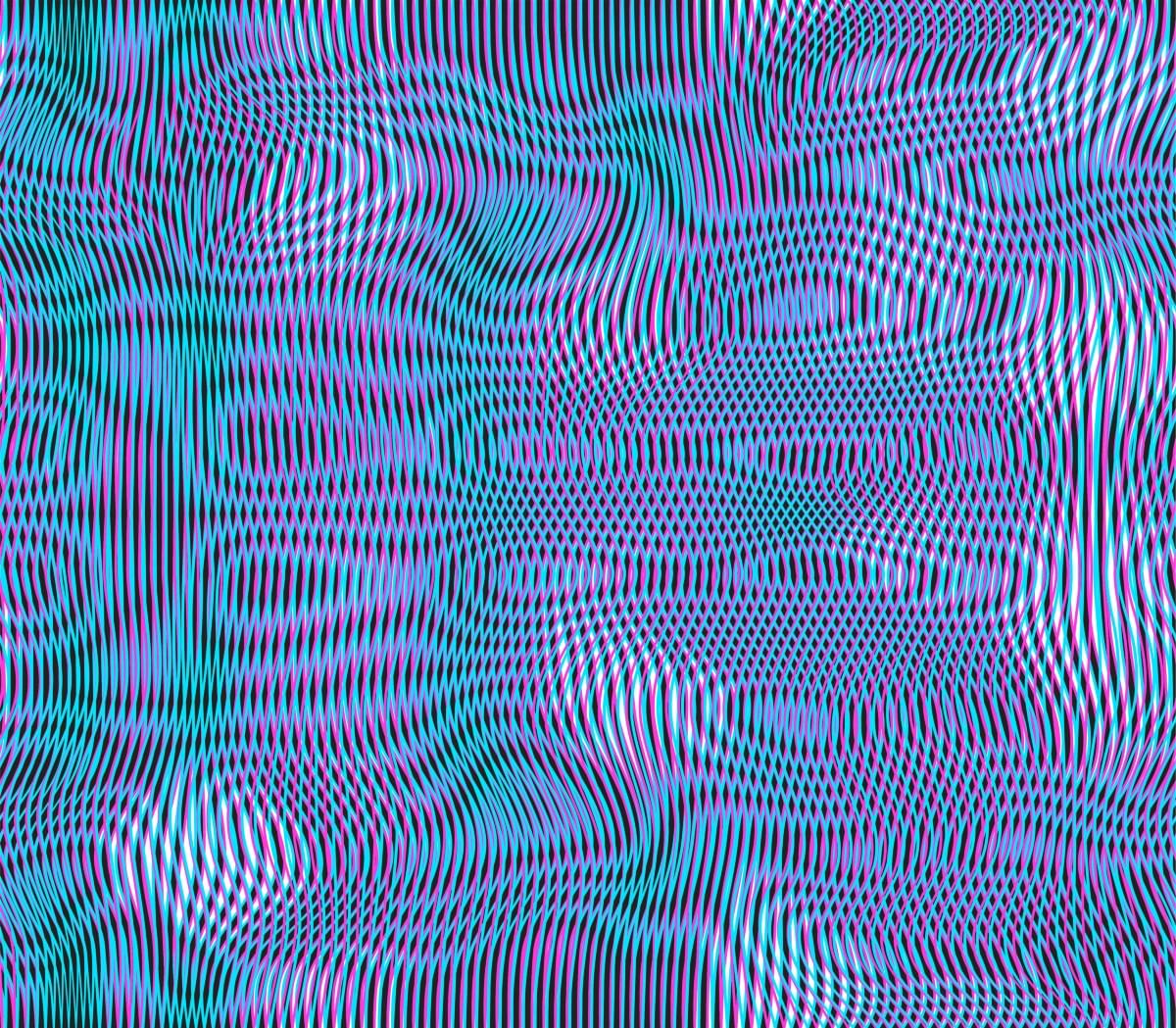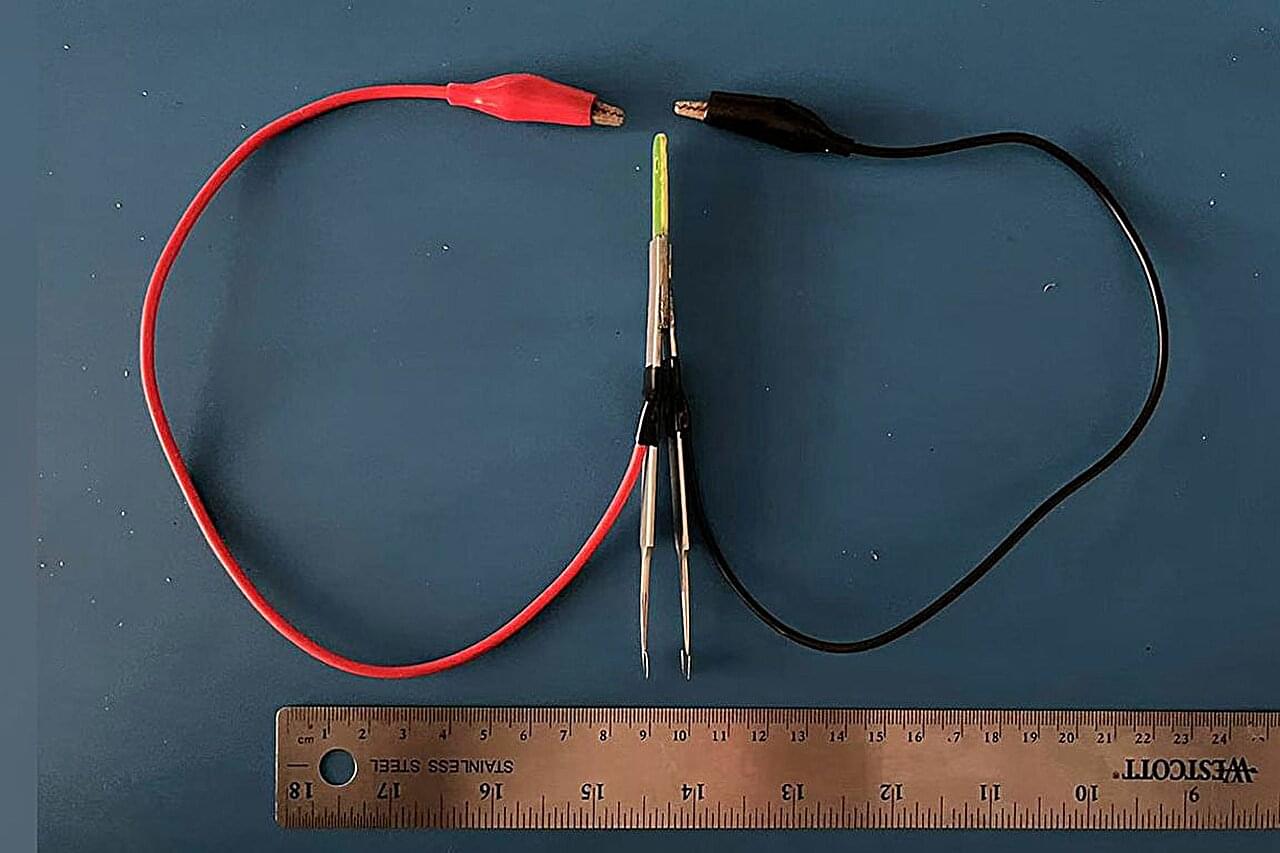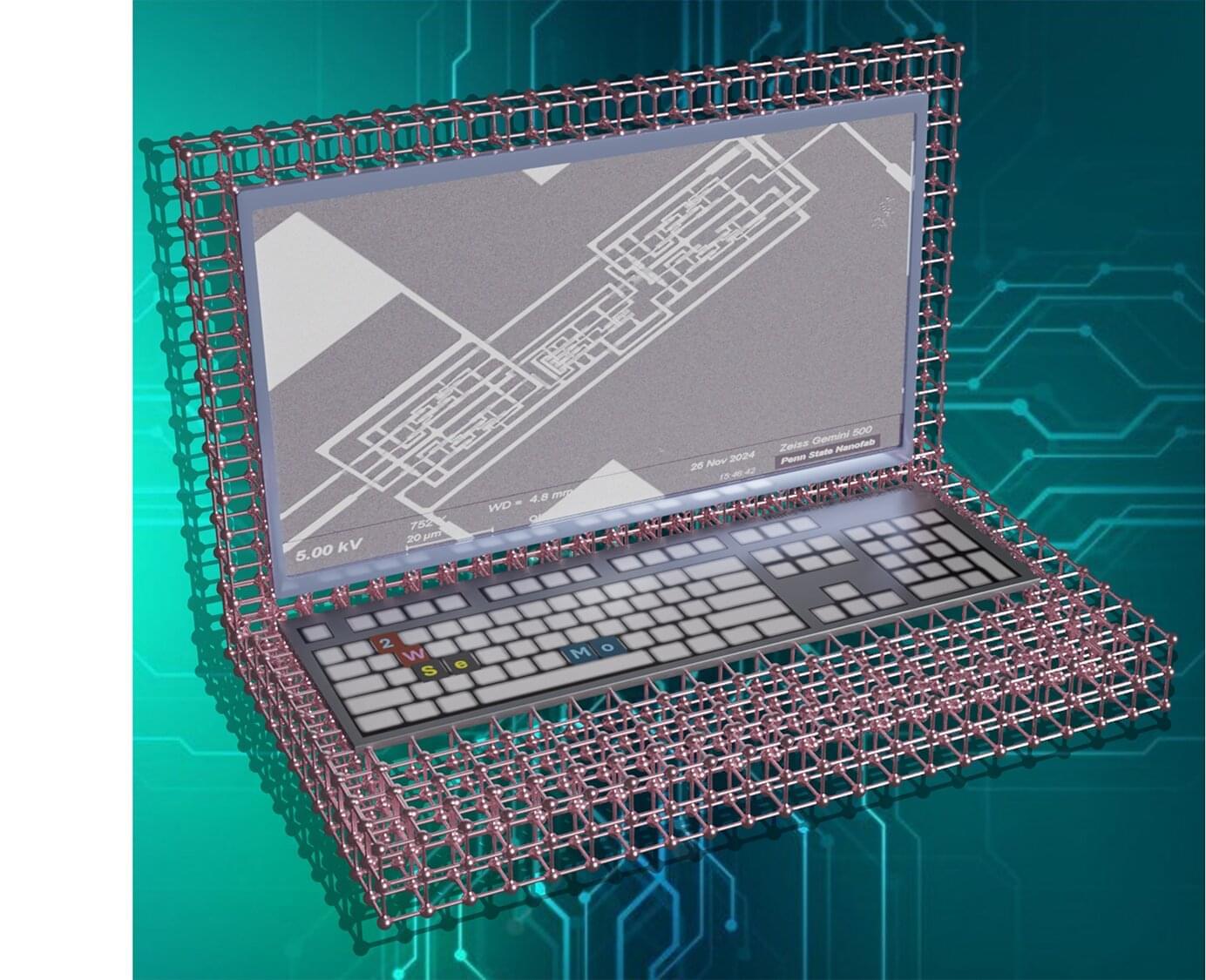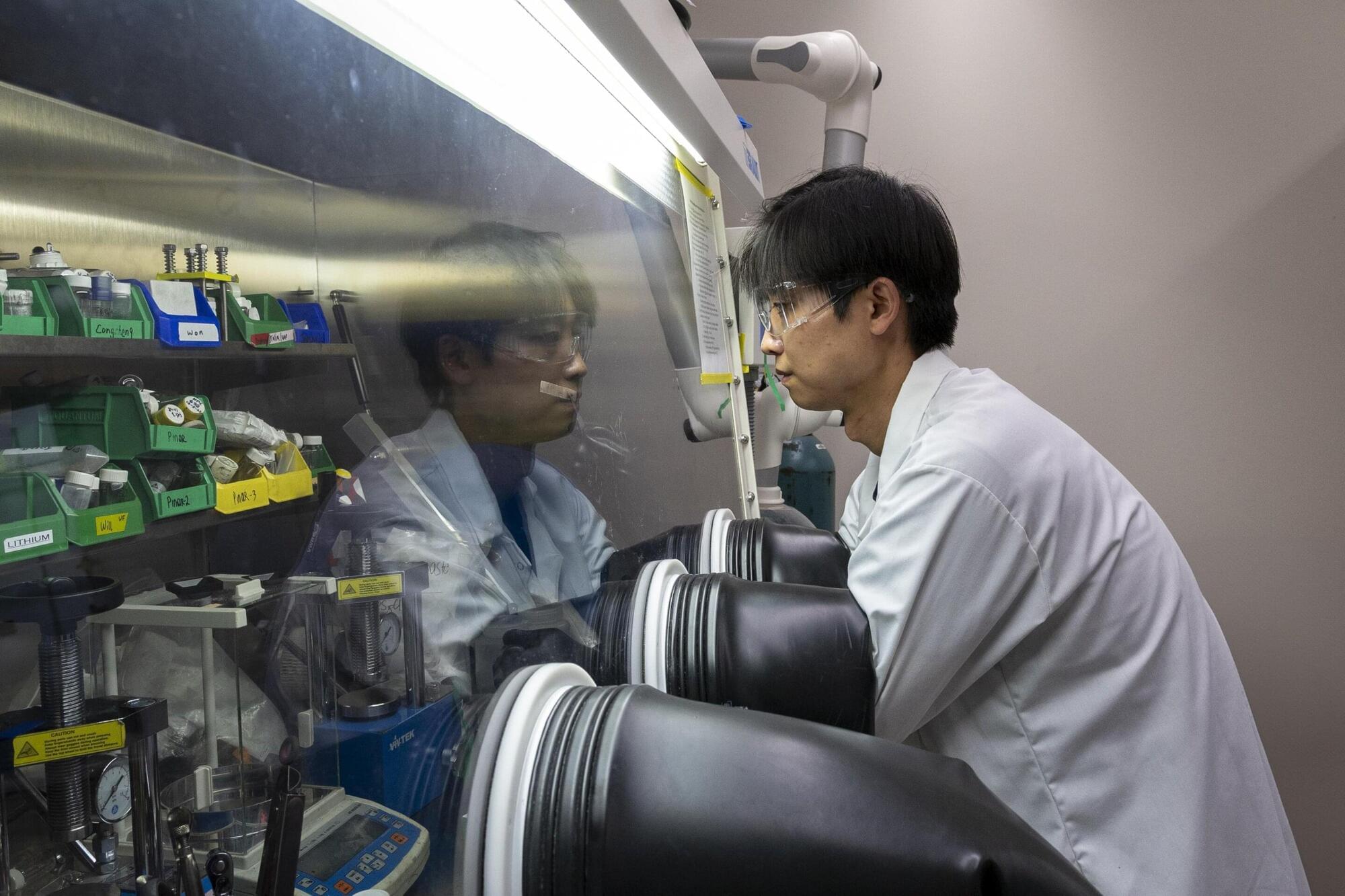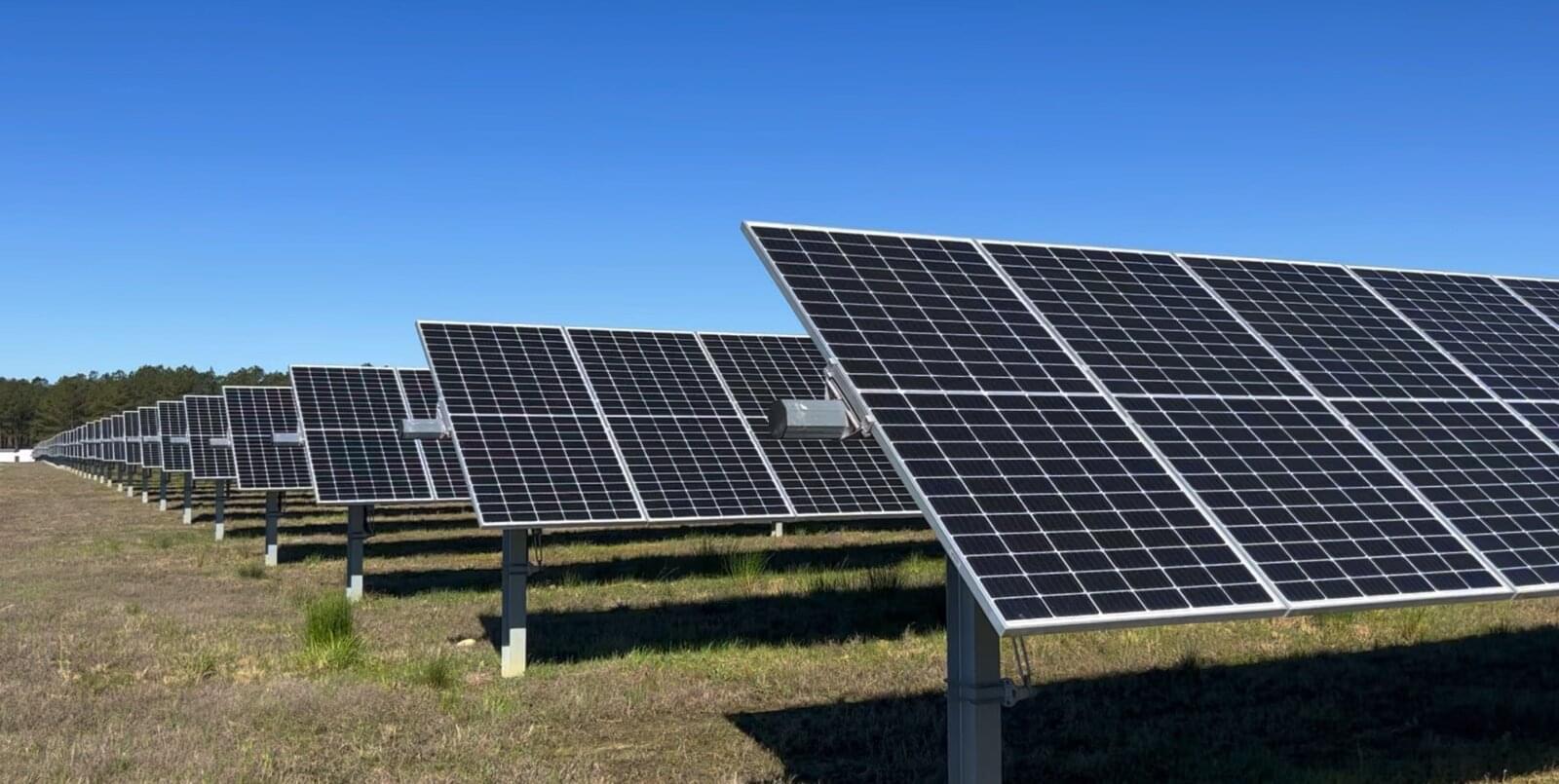Understanding how drug delivery systems distribute in vivo remains a major challenge in developing nanomedicines. Especially in the lung, the complex and dynamic microenvironment often limits the effectiveness of existing approaches.
“Structural pharmaceutics” has been introduced as a new strategy to connect nanoparticle structures with physiological structures through advanced three-dimensional (3D) imaging and cross-scale characterizations.
In a study published in ACS Nano, a team led by Yin Xianzhen from the Lingang Laboratory and Zhang Jiwen from the Shanghai Institute of Materia Medica of the Chinese Academy of Sciences developed a precise targeting strategy for tracheal inflammation.

